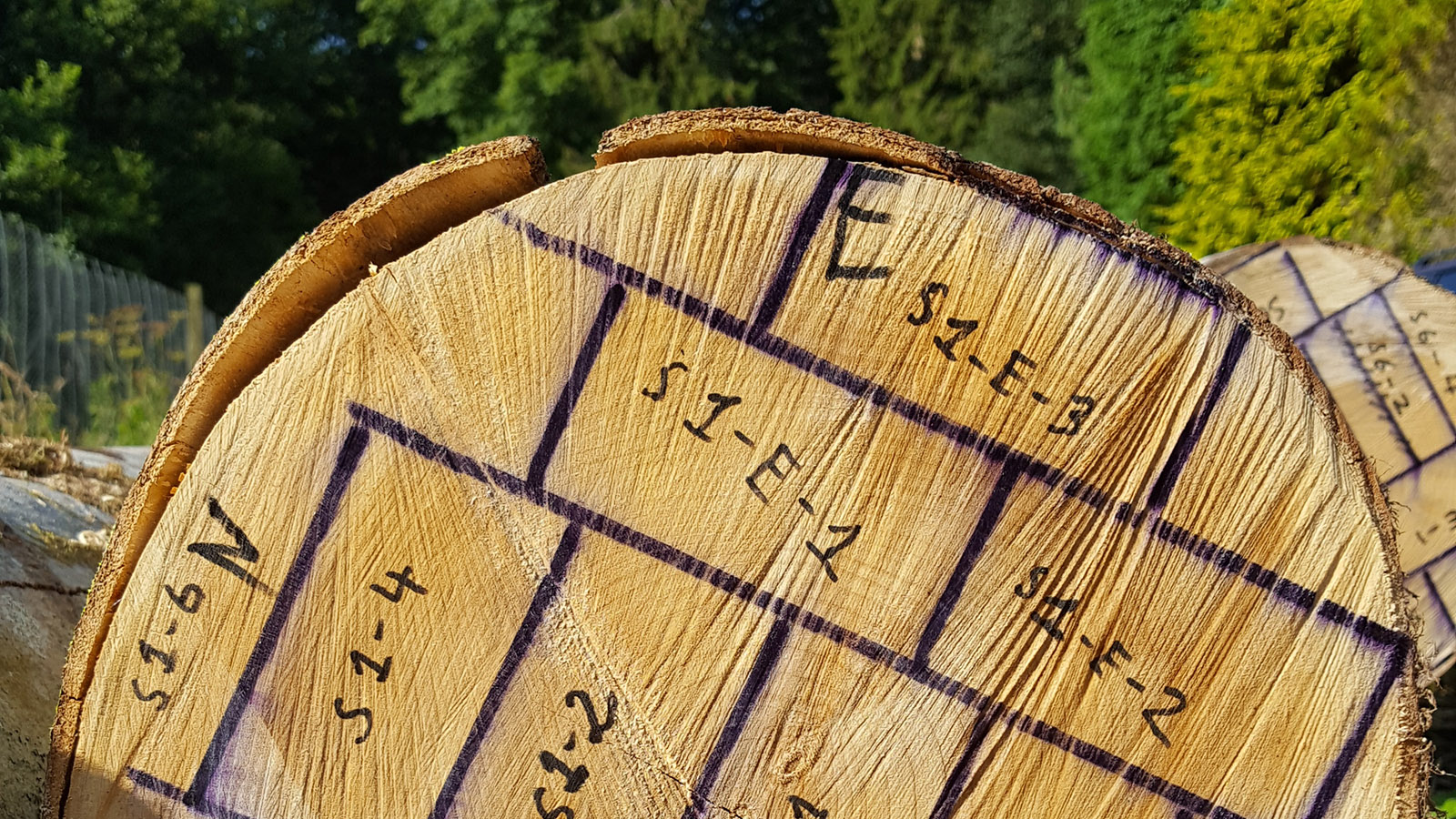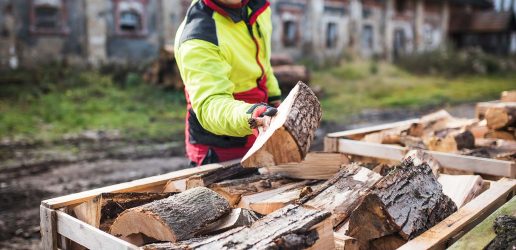As interest in diversifying tree species in British forests grows, it’s crucial to focus on species that will meet future timber market demands and ensure long-term timber security.
However, there is limited knowledge about the wood properties and commercial viability of lesser-known tree species in the UK. Existing data often comes from small samples or individual trees, which may not represent the conditions of productive forestry.
To address this gap, Forest Research, in partnership with Edinburgh Napier University, have taken a first step in systematically assessing the timber potential of underutilised species in the UK. Their previous research examined species such as Norway spruce, western hemlock, western red cedar, and noble fir, finding that they all have the potential to produce high-quality sawn timber suitable for construction.
In their latest study, the research team has focused on species including sycamore, silver birch, grand fir, Serbian spruce, European silver fir, Pacific silver fir, Japanese red cedar, and Caucasian fir, grown in the UK.
Read the full report: Timber Properties of Species with Potential for Wider Planting in Great Britain

Methodology
The study identified several forest stands across the UK – Drumtochty Forest in Aberdeenshire, Grandtully Wood in Perthshire, Kilmun Forest Garden in Argyll, Drumlanrig Castle and Dockridding Wood in Dumfries and Galloway, and Thetford Forest in Suffolk.
A representative sample of trees was selected for felling and detailed wood analysis. Standard industry tests were conducted to assess the wood’s stiffness, strength, density, and moisture content.
Key findings
The results indicate that several of the species tested could be valuable in timber production:
- European silver fir, Pacific silver fir, and Serbian spruce all performed well, with nearly 100% of the timber graded into the C16 strength class.
- For some sampling locations the grand fir was limited by its density and strength, placing it in the C14 class, with stiffness also bordering on the threshold. However, non-destructive testing of samples from Thetford suggests better performance and that a larger sample size and further research could yield better results.
- Caucasian fir was restricted to the C14 strength class, but Turkish-grown Caucasian fir revealed better visual grading, even reaching C18 in some cases.
- Japanese red cedar fell below the C14 grade, which is consistent with findings from the Azores, where the timber also achieved C14 by machine grading.
- When tested against softwood ‘C’ strength classes, silver birch and sycamore performed well, meeting the requirements for C40 and C20, respectively. However, these species didn’t perform as well in hardwood ‘D’ strength classes, with limits at D30 and D18.
Conclusions
While the small sample size and limited geographical locations of the trees tested mean that conclusions should be treated cautiously, the results suggest that several conifer species could be valuable for blending into the British spruce C16 market due to their similar appearance, properties, and grading.
The most promising species from this study include European silver fir, Pacific silver fir, and Serbian spruce, while grand fir also shows potential and may warrant further investigation, particularly given its commercial success in North America.
“Introducing a broader variety of species to meet the needs of the structural timber market presents a considerable challenge for foresters,” said research scientist, Adam Ash. “Our research marks another important early step in identifying which species might be the best additions to UK productive and timber focused forestry, and where the next stages of research should be focused.”
Read the full report: Timber Properties of Species with Potential for Wider Planting in Great Britain
Recent News
View All news
Seventeen coniferous tree species show early promise for future commercial timber production in the UK
Researchers have set up a network of nine large scale experiments across the UK to test the suitability of 17 tree species as potential alternatives for future commercial timber production.
Forest Research are looking for people involved in the harvesting, processing, transport, import, or trade of firewood in Scotland to complete an important survey.

New guide to help local authorities conduct a people survey on the social value of their treescapes
A new step-by-step guide to help local authorities, charities and civic societies carry out a people survey to understand social and cultural values related to trees in their area, is now available.

Seventeen coniferous tree species show early promise for future commercial timber production in the UK
Researchers have set up a network of nine large scale experiments across the UK to test the suitability of 17 tree species as potential alternatives for future commercial timber production.
Forest Research are looking for people involved in the harvesting, processing, transport, import, or trade of firewood in Scotland to complete an important survey.

New guide to help local authorities conduct a people survey on the social value of their treescapes
A new step-by-step guide to help local authorities, charities and civic societies carry out a people survey to understand social and cultural values related to trees in their area, is now available.

